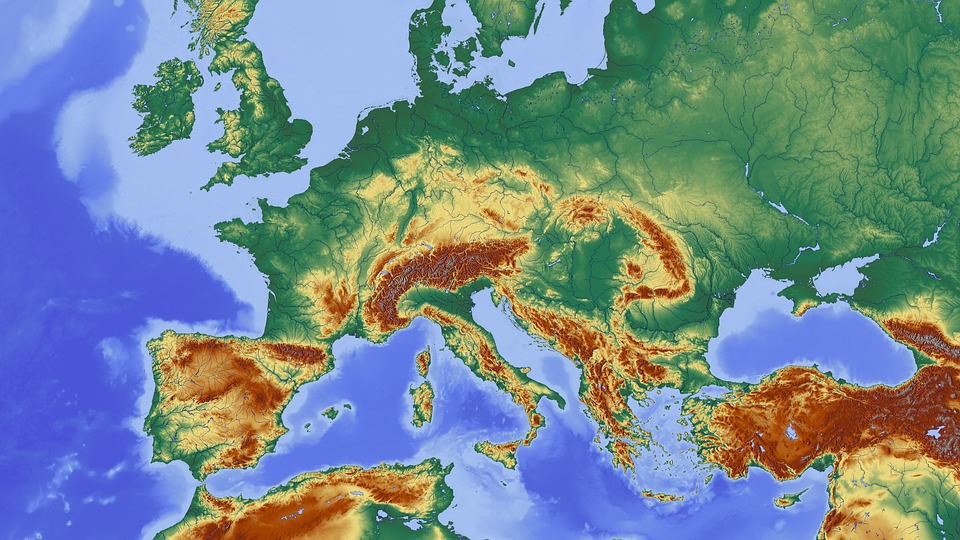PGIM: Europe can’t sit out the global race for skilled migrants
PGIM: Europe can’t sit out the global race for skilled migrants

Europe’s aspirations to be a global leader in renewable energy and a semiconductor powerhouse have a weak link: not enough skilled workers. Yet instead of closing the gap, Europe is building barriers when it needs bridges, allowing others in the race for skilled migrants to take the lead, says Taimur Hyat, Chief Operating Officer at PGIM.
Already, the ambitious policies around building industries of the future are creating demand in the millions. In some areas, such as renewable energy, meeting publicized European goals would require a doubling of the current number of jobs in less than five years. This is in addition to the thousands of jobs we already know cannot be met, from a shortage of nurses in the UK to technicians in Germany’s growing semiconductor sector.
As if these shortfalls were not daunting enough, many still haven’t fully come to term with the reality of Europe’s demographic cliff — given current trends, by 2050, the European Unions’ workforce will have shrunk by about 60 million people.
In past decades, this issue could have been solved by outsourcing and taking advantage of global supply chains. However, the era of abundant global labour has come to an end, with countries like China now facing their own labour shortages. In addition, European needs have shifted to domestic industries that cannot be outsourced — such as senior care — or strategically critical industries they do not want to outsource — like energy and chip manufacturing. That leaves policymakers and companies with two options: expanding immigration or increasing participation rates.
Despite political challenges, the most obvious solution is encouraging skill-based immigration, an area where Europe has lagged behind the US. This lag is exacerbated by the fact that the competition for talent is global, and every country needs similar skills. Europe needs policies for targeted work visas to mitigate specific mismatches, which could range anywhere from short-term, seasonal work permission to longer-term visas for workers with especially in-demand skills.
We have seen this implemented in pockets of Europe where the workforce is likely to contract most rapidly — for example, in Germany, which has a special partnership with Brazil as part of an effort to attract skilled workers, like nurses. But the gap between labour demand and supply will continue to widen if policies such as these encouraging skilled migration are not expanded.
The second option is increasing participation rates, particularly of women, which even after decades of improvement, still lag across Europe. While important for all countries, increasing labour participation is particularly important for nations that cannot — or don’t want to — join the competition for global talent. Take, for example, Italy. With a current female participation rate of 56% - way below the EU average of about 70% - policies aimed at increasing participation rates to meet the EU average have the potential to add 1.5 million workers.
Demographics will make a new era of labour markets inevitable, but demographics are not destiny. Europe has the opportunity to place pragmatism over politics, thoughtfully shaping immigration policies to match the need for workers with available, skilled labour pools in other regions. The time for action is now, before these labour mismatches become further entrenched — and Europe falls behind.








